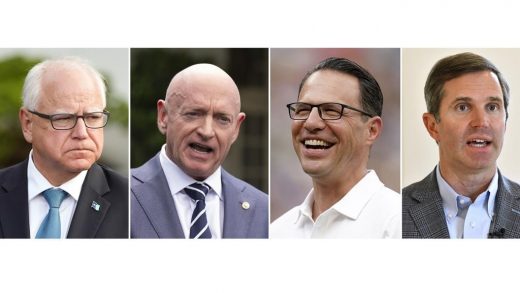Asian markets mixed after S&P 500 ends worst year since 2008

BANGKOK (AP) — Shares began the year mixed on Monday, with most markets closed for New Year holidays.
This week brings employment data and minutes from the latest meeting of the Federal Reserve as it battles inflation. That will likely remain investors’ overarching concern as 2023 begins with persisting uncertainties over the war in Ukraine and over whether interest rate hikes meant to tame inflation might lead to recession.
South Korea’s Kospi fell 0.1% to 2,233.96 and the Sensex in Mumbai edged less than 0.1% higher, to 60,871.24. Jakarta’s benchmark was lower.
The future for Germany’s DAX was down 0.5%.
U.S. stock markets will be closed Monday in observance of the New Year’s Day holiday.
Over the weekend, a report showed that Chinese manufacturing contracted for a third consecutive month in December, in the biggest drop since February 2020, as the country grapples with a nationwide COVID-19 surge after suddenly easing anti-epidemic measures.
A monthly purchasing managers’ index declined to 47.0 from 48.0 in November, according to data released from the National Bureau of Statistics on Saturday. Numbers below 50 indicate a contraction in activity.
China is in the process of removing strict COVID-19 policies that crimped production for raw materials and goods and discouraged travel. It’s uncertain what impact the reopening will have on the global economy.
The minutes of the Fed’s meeting potentially will give investors more insight into its next moves. The government will also release its November report on job openings Wednesday. That will be followed by a weekly update on unemployment on Thursday. The closely-watched monthly employment report is due Friday.
Wall Street is also waiting on corporate earnings reports, which will start flowing in around the middle of January. Companies have been warning investors that inflation will likely crimp their profits and revenue in 2023, even after they raised prices on everything from food to clothing to offset inflation, helping to pad their profit margins.
On Friday, U.S. markets logged more losses in quiet trading, closing the book on the worst year for the benchmark S&P 500 since 2008.
The S&P 500 fell 0.3% to 3,839.50. It posted a 5.9% loss for the month of December and a 19.4% decline in 2022, or 18.1%, including dividends.
That’s just its third annual decline since the financial crisis 14 years ago and a painful reversal for investors after the S&P 500 notched a gain of nearly 27% in 2021. All told, the index lost $8.2 trillion in value, according to S&P Dow Jones Indices.
The Dow dropped 0.2% on Friday to close at 33,147.25, down 8.8% for the year. The Nasdaq slipped 0.1% to 10,466.48, racking up an annual loss of 33.1%. The Russell 2000 shed 0.3%, ending at 1,761.25.
Stocks struggled all year as pandemic stimulus was withdrawn and inflation put increasing pressure on consumers, raising fears that economies may slip into recession. Central banks raised interest rates to fight high prices.
The Fed’s key lending rate stood at a range of 0% to 0.25% at the beginning of 2022 and closed the year at a range of 4.25% to 4.5% after seven increases. The U.S. central bank forecasts that will reach a range of 5% to 5.25% by the end of 2023. Its forecast doesn’t call for a rate cut before 2024.
Rising interest rates prompted investors to sell the high-priced shares of technology giants such as Apple and Microsoft and other companies that flourished as the economy recovered from the pandemic.
Amazon and Netflix lost roughly 50% of their market value. Tesla and Meta Platforms, the parent company of Facebook, each dropped more than 60%, their biggest-ever annual declines.
Russia’s invasion of Ukraine worsened inflationary pressure earlier in the year by making oil, gas and food commodity prices even more volatile amid existing supply chain issues. Oil closed Friday around $80, about $5 higher than where it started the year. But in between oil jumped above $120, helping energy stocks post the only gain among the 11 sectors in the S&P 500, up 59%.
In currency dealings, the U.S. dollar rose to 130.93 Japanese yen from 130.89 yen. The euro fell to $1.0697 from $1.0699.
___
AP Business Writers Alex Veiga and Damian J. Troise contributed.
Credit: Asian markets mixed after S&P 500 ends worst year since 2008


